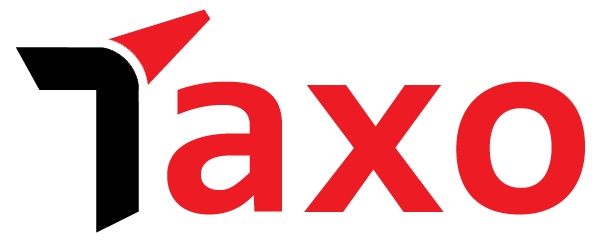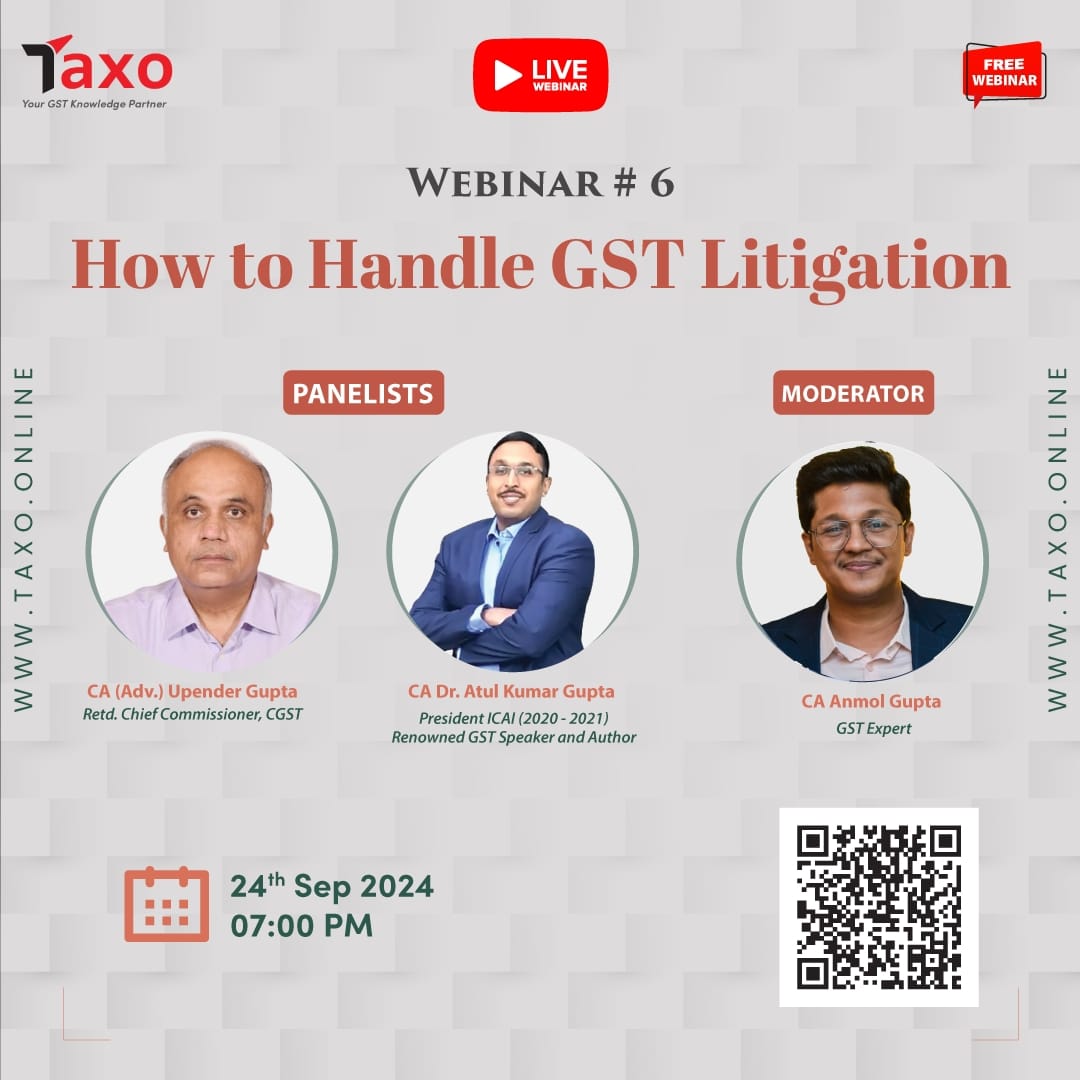 Time of Supply in case of Change in rate of tax under GST
Time of Supply in case of Change in rate of tax under GST
Introduction
In order to calculate and discharge tax liability it is important to know the date when the tax liability arises i.e. the date on which the charging event has occurred. In GST law, it is known as Time of Supply. GST law has provided separate provisions to determine the time of supply of goods and time of supply of services. Sections 12, 13 & 14 of the CGST Act, 2017, deals with the provisions related to time of supply and by virtue of section 20 of the IGST Act, 2017,
these provisions are also applicable to inter-State supplies leviable to Integrated tax.
Section 12 – Time of Supply of Goods
Section 13 – Time of Supply of Services
Section 14 – Time of Supply in case of change in rate of Tax
Here, we are discussing detailed analysis of Section 14 i.e. Time of Supply in case of Change in rate of Tax in respect of goods or services.
Section 14
With the frequent changes happening in the GST rates of various goods and services from time to time, it is important to know which rate of tax shall apply will be applicable to such goods or services. To deal with such situation, the provisions of Section 14 of the CGST Act, 2017 provides the detailed provisions to determine the Time of Supply (TOS), in case of change of rate of tax in respect of various goods or services.
When there is change in the rate of tax in between different events of transaction (such as date of supply, date of issuance of invoice, date of receipt of payment), section 14 will be applicable instead of Section 12 or 13. This means that Section 14 has been given the overriding effect over the normal provisions of time of supply.
There are two scenarios under this section, which are as:
First scenario – where goods or services have been supplied before the change in the rate of tax and
Second scenario – where goods or services have been supplied after the change in the rate of tax.
Also, in order to determine the Time of Supply of goods or services, it is important to know 3 important dates i.e.
- Date of supply
- Date of Issuance of Invoice
- Date of receipt of payment
These 3 dates can occur in different sequences, Their occurrence before and after the change of effective rate of tax determines the time of supply of the service.
Scenario 1: Section 14(a) of the CGST Act, where goods or services have been supplied before the change in the rate of tax.
| Date of issue of invoice | Date of Receipt of Payment | Time of Supply |
| After change in rate | After change in rate | Date of Receipt of Payment OR Date of Issue of Invoice, whichever is earlier |
| After change in rate | Before change in rate | Date of Receipt of Payment |
| Before change in rate | After change in rate | Date of Issue of Invoice |
Scenario 2: Section 14(b) of the CGST Act, where goods or services have been supplied after the change in the rate of tax.
| Date of issue of invoice | Date of Receipt of Payment | Time of Supply |
| After change in rate | After change in rate | Date of Receipt of Payment OR Date of Issue of Invoice, whichever is earlier |
| After change in rate | Before change in rate | Date of Issue of Invoice |
| Before change in rate | After change in rate | Date of Receipt of Payment |
It can be concluded that:
(a) If two out of the above three events (including the first event of supply of services) take place before the change of the effective rate of GST, the second event shall be taken as the time of supply.
(b) If two out of the above three events (including the first event of supply of service) take place after the change of the effective rate of GST, the second event shall be taken as the time of supply.
(c) If Date of invoice and Date of payment falls on one side the time of supply shall be the issue of invoice or receipt of payment whichever is earlier.
Note : It is to be noted that for supply of goods by a registered person (excluding composition supplier), GST is to be paid on the outward supply of goods on the date of issue of invoice or the last date on which invoice ought to have been issued in terms of Section 31 (vide Notification No. 66/2017-CT dated 15.11.2017).
Meaning of ‘Date of receipt of payment’
Here, “date of receipt of payment” refers to the date on which the payment is entered in the books of accounts of the supplier, or the date on which the payment is credited in his bank account, whichever is earlier.
Date of crediting of payment in bank account to be the “date of receipt of payment” if such crediting takes place after 4 working days of change in rate of tax
Where the payment is credited in the bank account after 4 working days from the date of change in the rate of tax, the date of receipt of payment will be the date of credit in the bank account. In other words, in such a case, the date of recording the payment in the books of account will not be considered as the date of receipt of payment even though if the same precedes the date of crediting of payment in the bank account.
Example:
Determine the time of supply in the following cases assuming that rate of GST changes from 12% to 18% w.e.f. 5th June:
| SI No. | Date of Supply of Service | Date of issue of Invoice | Date of receipt of payment |
| 1. |
May 30 |
June 10 | July 23 |
| 2. | May 27 | June 25 | |
| 3. | June 6 | May 28 | |
| 4. |
June 12 |
June 2 | June 25 |
| 5. | May 28 | May 20 | |
| 6. | June 12 | May 28 |
Solution:
| SI No. | Date of Supply of Service | Date of issue of Invoice | Date of receipt of payment | Time of Supply | Applicable Rate |
| 1. |
May 30 |
June 10 | July 23 | June 10 | 18% |
| 2. | May 27 | June 25 | May 27 | 12% | |
| 3. | June 6 | May 28 | May 28 | 12% | |
| 4. |
June 12 |
June 2 | June 25 | June 25 | 18% |
| 5. | May 28 | May 20 | May 20 | 12% | |
| 6. | June 12 | May 28 | June 12 | 18% |
To learn GST with more similar examples Subscribe TAXO today


